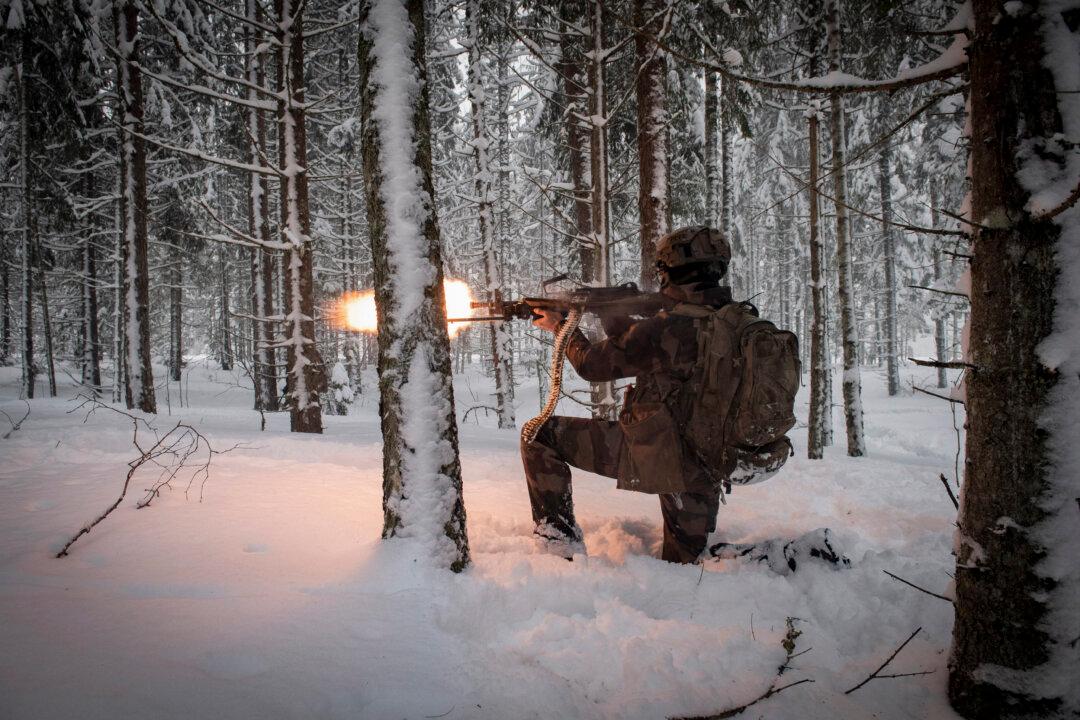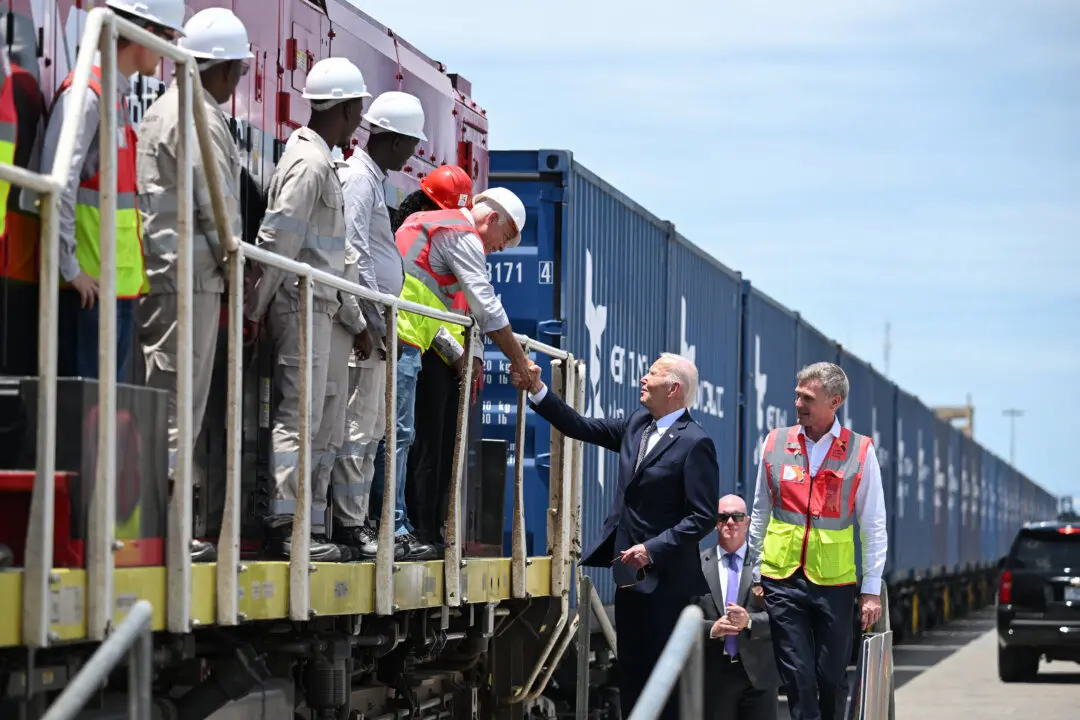The European Union would need to spend about 250 billion euros (about $262.4 billion) annually to defend itself against Russia without U.S. support, a study published on Feb. 21 found.
The study’s authors from the Bruegel think tank in Belgium and the Kiel Institute for the World Economy in Germany said this would require spending the equivalent of 1.5 percent of the EU’s GDP to mobilize 300,000 more soldiers.





